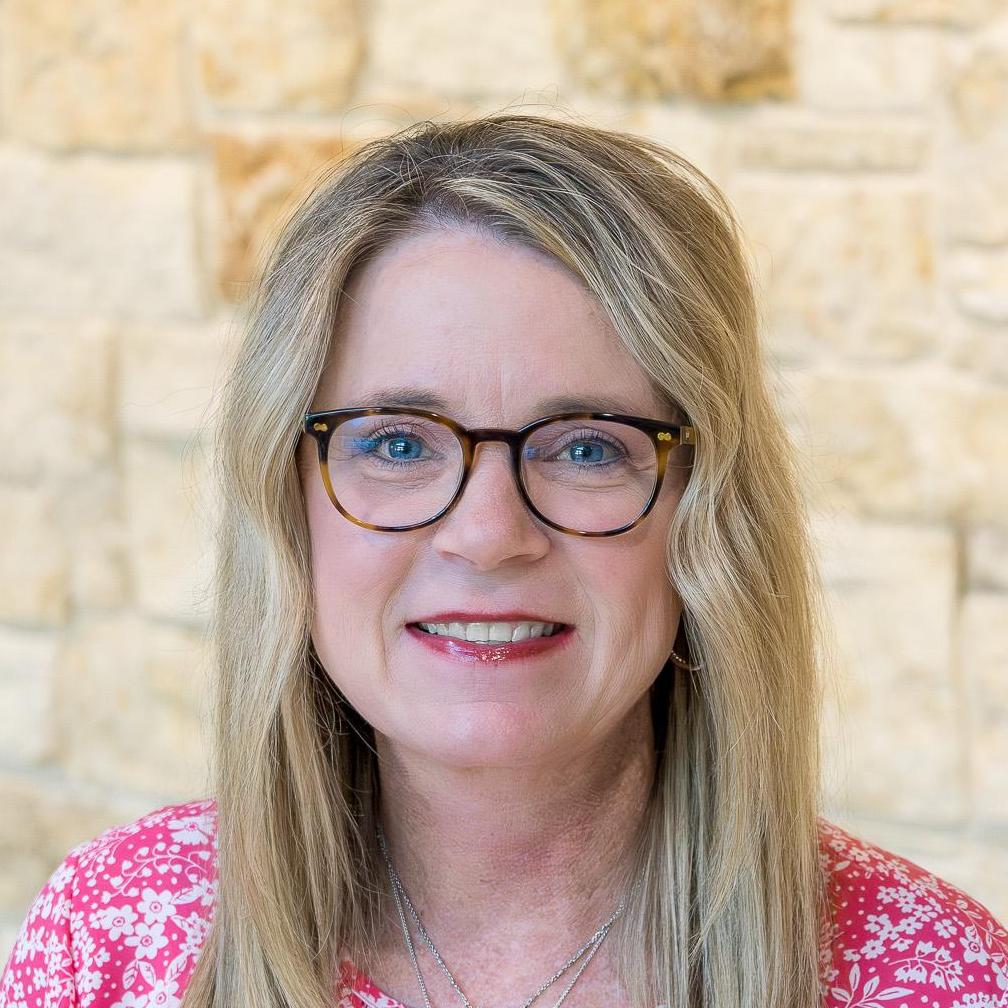Teacher Incentive Allotment
The Teacher Incentive Allotment (TIA) is designed to help school districts recruit, retain, and reward highly effective teachers. Districts can recognize outstanding teachers by awarding them one of three designations: Recognized, Exemplary, or Master.
With a TEA-approved local designation system in place, districts can identify top-performing teachers based on student growth and teacher performance. These designations then generate additional funding that can be used to reward high-impact teachers, support retention efforts, and help recruit more talented educators. Schools in rural or high-need areas may receive higher funding amounts.
Region 7 provides ongoing guidance and support to districts as they work to successfully develop and submit their TIA plans to TEA:
- Stakeholder Engagement (Leadership, Appraisers, School Board, Teachers)
- Application Support (New Application, Expansions/Modifications, Renewal, and District Websites)
- Developing a Local Designation System
- Data Capture
- Data Submission
- Spending Plans
- TTESS Training/Refresher (in connection with TIA)
- T-TESS Calibration
- Student Growth Measures: Pre-Test/Post-Test, Portfolios, Student Learning Objectives (SLOs)
- Communication Resources
- Region 7 National Board Certification Cohort
8/28/2025 This workshop is free to all Region 7 Districts and Charters
Workshop: 373493 - TIA Data Capture Year Support: My Application is Approved...Now What?
Description: This workshop is for superintendents and district TIA (Teacher Incentive Allotment) teams who submitted and received an approved application and are entering the data capture year. You will be guided by the TIA Team on how to understand your application and apply those parameters to collect valid and reliable data as you prepare for data submission and validation. The afternoon is allotted for team planning.
TIA Data Submission for First Submission and Beyond
Beginning September 1, 2025, districts must have a Customized Service Agreement on file with Region 7 prior to registration or be a part of the Rural Coop. Please contact LaTonya Whitaker at [email protected] or 903-988-6741 for information regarding a District Customized Service Agreement.
8/27/2025
Workshop: 367853 - TIA Data Submission for First Submission and Beyond: Preparing for October Submission
Description: Start the year strong by preparing for the October 2025 TIA data submission. Participants will explore how to ensure alignment between their application and submission data, review TIA data using TEA’s data analysis tool, and common errors to avoid. They will gain valuable insights on how to address issues with rigor in relation to student growth measures and observation skews within their district for the upcoming school year. The afternoon is allotted for team planning or working with Region 7 TIA staff.
10/8/2025
Description: This session will focus on finalizing and organizing pre-test data, confirming growth targets, and ensuring observation practices are consistent and effective. We'll guide participants through reviewing their district’s data management system settings to ensure that they align with best practices and TIA requirements. The afternoon is allotted for team planning or working with Region 7 TIA staff.
2/18/2026
Workshop: 368036 - TIA Data Submission for First Submission and Beyond: Using Data to Inform Practice
Description: At the mid-year mark, districts will examine student growth and observation data using the TIA data analysis tool. Participants will learn how to identify correlations, recognize skew in observation scoring, and ensure that post-test dates are scheduled appropriately. This session supports districts in maintaining consistency and accuracy in the second half of the year.
5/21/2026
Description: Ensure a successful close to the school year by completing post-test data entry, beginning student growth calculations, and confirming all observation data is finalized. This session also provides a checklist for what’s required in the upcoming submission and helps districts assess readiness.
6/17/2026
Description: This session supports districts using STAAR growth measures by walking through how to interpret and incorporate those into their submissions. Participants will continue analyzing both growth and observation data using the analysis tool and clarify outstanding needs before the October submission.
8/27/2026
Description: As the October 2026 submission deadline approaches, this final session will focus on ensuring districts are ready to submit. Participants will also reflect on data issues or skews from the previous year and begin preparing systems and processes for the new data capture year.
Designing a Strong TIA System – From Planning to Implementation
Beginning September 1, 2025, districts must have a Customized Service Agreement on file with Region 7 prior to registration or be a part of the Rural Coop. Please contact LaTonya Whitaker at [email protected] or 903-988-6741 for information regarding a District Customized Service Agreement.
Workshop: 378572 - Building the Why – Stakeholder Engagement and System Design Foundations
Date: September 17, 2025
Description: Participants will explore the rationale for pursuing TIA and learn how to engage key stakeholders early in the process to build understanding and buy-in. Attendees will receive a customizable TIA toolkit to help guide the design of their district’s system and a ready-to-use presentation template for sharing with school boards or leadership teams.
Description: This session dives into the technical components of a TIA system, including best practices for teacher observation systems and an in-depth look at student growth models (including district-created, 3rd-party, and STAAR-based options). Participants will also learn how to determine cut points for designations using guidance from TEA to ensure alignment with state expectations.
Workshop: 378570 - Finalizing the Framework – Spending Plans and District Supports
Date: December 3, 2025
Description: In this session, participants will bring together all the components of their district's TIA plan. The focus will be on finalizing spending plans and outlining long-term district support structures for observation calibration, student growth measure implementation, and annual system maintenance.





